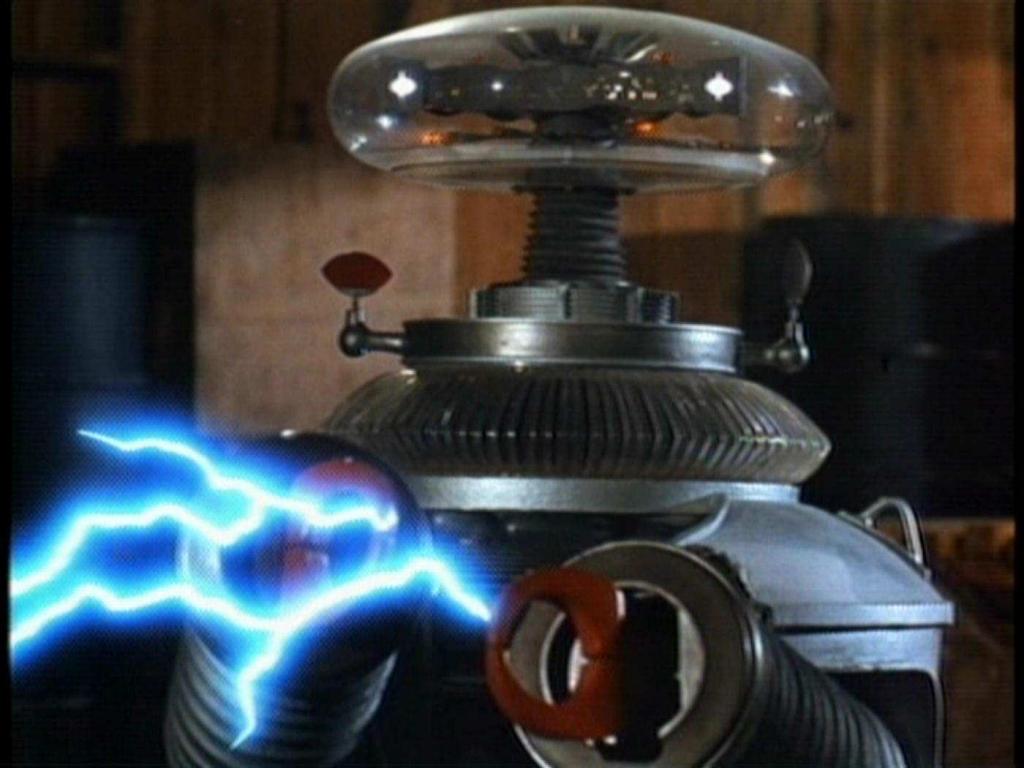Biasing My HD 130 Bass head?
If I use those adapters that plug into the tube socket is it possible to use 4 of them at once to read the voltage and find the highest one to go by and do I still need a resistor to read across for the proper Setting of the hottest tube? How would I go about doing this? What would the procedure be from start to finish?
If this is possible could the adapters just be left in place to monitor the voltages without having to pull the tubes every time you want to check the bias?
Member for
11 years 7 monthsMember for
11 years 5 monthsI have worked around 90,000
I have worked around 90,000 Volts in radar transmitters before . Something to be respected for sure. Then again so is 700 volts. So in answer Yes I would be relatively comfortable working around thatg kind of voltage. I was just thinking about using four and just leaving them in place . Not overly concerned about cost if it works that way . The ones I was looking at plug into the socket end the tube plugs into them . Not sure if they interrupt the current or not. How woul\d I find that out or if they have the resistor .
Member for
11 years 5 monthsMember for
11 years 7 monthsadapter
So if they read voltage, they are Probably adapters with 1 ohm resistors to ground and read voltage. THOSE Could be left in place and voltage read. they ALL could be left in place while running the amp but the current interrupter type would NOT be able to have the METER moved. They provide the path to ground for the cathode and if removed, would let the amp go Chernobyl. If you want to use them, you need to get the specs for the adapter and make SURE that the cathode path to ground includes a resistor. Then we'll talk. Mike.
Member for
11 years 7 monthsMember for
11 years 5 monthsThanks for the information
Thanks for the information Mike . I will find out what I am dealing with as far as the adapters go and get back to you.
Would it be reasonable to have the resistor installed and have it connected to a test point on the chasis somewhere? Then you just connect the meter to the test point( like they use on an SVT)
Member for
11 years 7 monthsBias Points
It IS reasonable but it kind of makes a mess, You would have to remove the chassis from the amp anyway to get to the bias pot so it doesn't do MUCH good. It would allow you to keep your hands away from the 700 volts of gozinta though. It would require drilling holes for the isolated test point sockets so that would mean 4 holes, which I personally wouldn't want to do to MY amp. Unless you are willing to change the bias pot from a mini wheel inside the chassis to a Fender style pot that could be accessed from the bottom of the chassis, It still has to come out. Mike.


Biasing
There are two types of the "adapters" for checking bias current. One interrupts the current flow and lets you read the current directly. Those, you can't bounce from one to another with a meter. They have to stay in place while the power is on. The other uses a 1 ohm resistor that lets you read a VOLTAGE across the resistor. those, you COULD use four and check it that way. Four adapters would be kind of expensive though if you are buying them Easier to put four 50 cent resistors in place and measure the voltage across them. You would need four precision resistors of 1 ohm and then have to put them in place from cathode to ground, or in the case of the 130 head, cathode to resistor, as those amps have a ten ohm resistor to ground. You also have to be aware that there are 700 volts bouncing around in there. Are you comfortable working with high voltages? Mike.